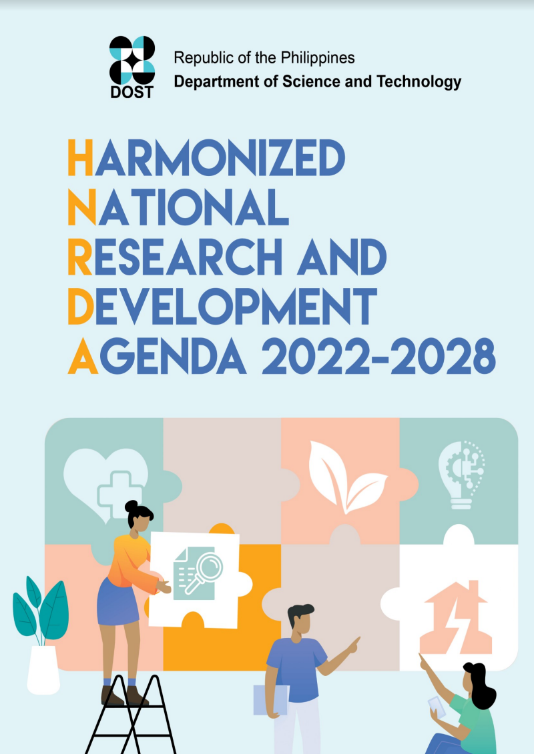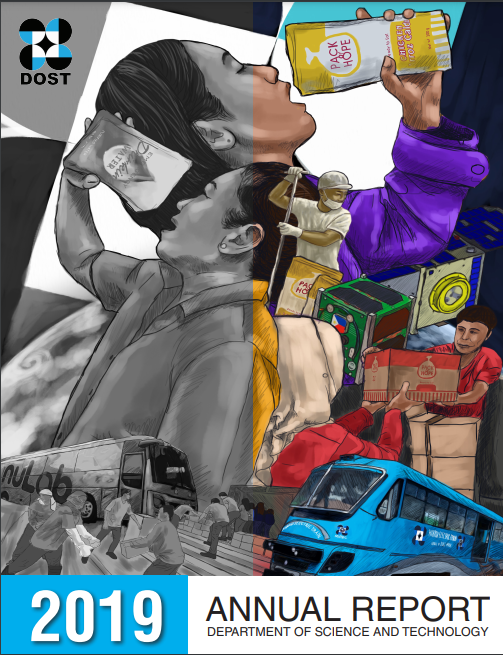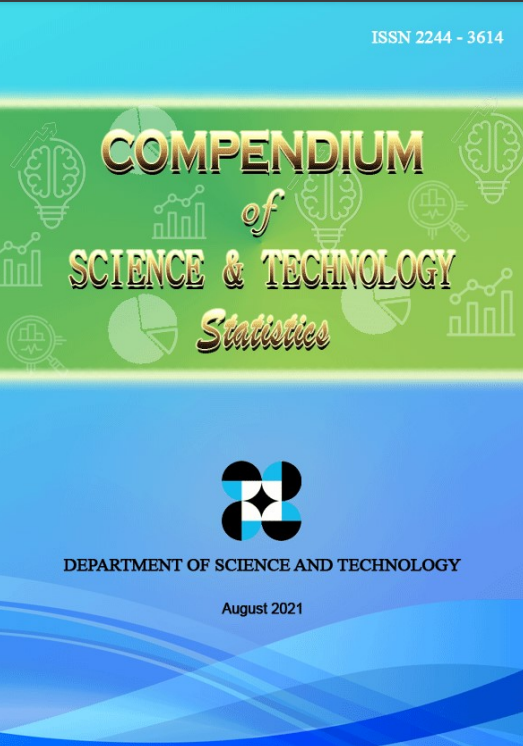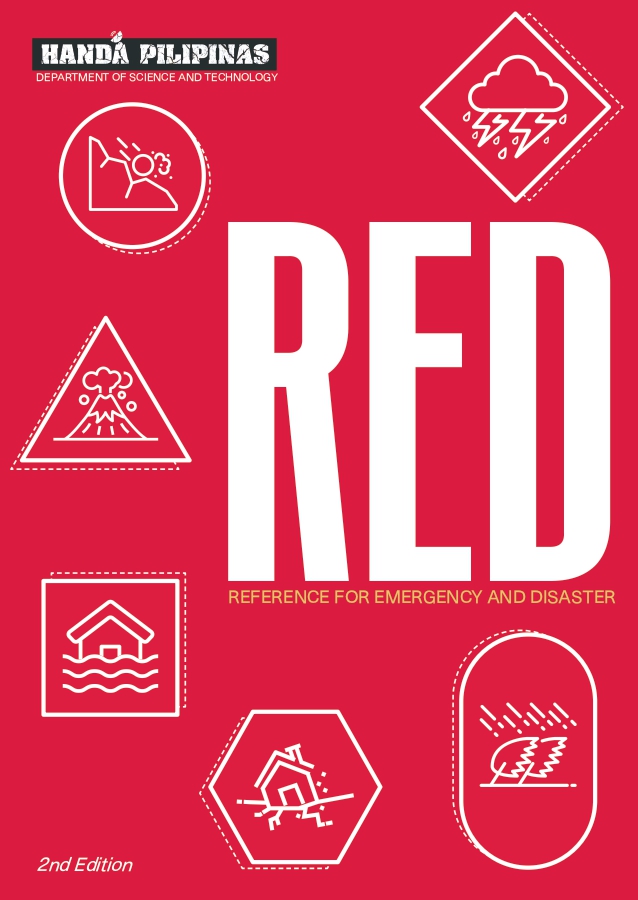Local technologies take center stage in Mindanao
- Details
- Hits: 5074
Cagayan De Oro City, Misamis Oriental - The Department of Science and Technology (DOST) folded its carpet for this year’s Technology Exposition and Fairs Program or Technology Fair on its final leg in Mindanao. Held at Lim Ket Kai Mall in Cagayan de Oro City on 8-10 October, the event had the theme “Filipinnovation: The Way Forward,” which emphasized Filipino innovative products, services, and skills.
Showcased in the DOST tech fair are the country’s distinct brand of high value products and services that are competitive in the global scene. DOST tech fairs, usually held in regional clusters, serve as avenues to convey the current thrust of the DOST which is to create value that people can appreciate and the society can benefit from. This thrust is reflected in the market-driven approach projects pursued by DOST Secretary Mario G. Montejo, himself a successful technopreneur.
After the National Science and Technology Week in July and four regional cluster fairs, the technology fair has successfully sent its message across: local technology works.
To local leaders, DOST appears to have effectively put its message across. Misamis Oriental Governor Oscar S. Moreno reaffirmed hope for Mindanao because of the DOST’s continuing initiatives not only for Misamis Oriental but for the whole of Mindanao. “We can surpass difficulties with the help of science and technology,” Gov. Moreno underscored, citing science as a critical component for development as he expressed the "need to push science and technology.” Meanwhile, Engr. Edgar Garcia, TAPI-DOST Director, said, “The regional technology fairs serve as an excellent ground for exchanging S&T ideas and facilitating technology commercialization and adoption.”
The regional cluster fair, the latest of which was hosted by Region 10 for the Mindanao cluster comprising Regions 9, 10, 11, 12, and Caraga, with the participation of the Autonomous Region in Muslim Mindanao, underscored the fundamental importance of harnessing local capability. Highlighted in the tech fair were locally developed technologies, as well as programs, projects, and services of the DOST and its attached agencies. DOST-assisted products from micro, small, medium enterprises (MSMEs) got their fair share of exposure as they took the center stage during the exhibition. Assistance to the MSMEs comes from the DOST’s Small Enterprise Technology Upgrading Program or SETUP.
Other tech fairs held this year were the Northern Luzon Cluster Fair in Santiago City, Isabela on 26-30 August; Southern Luzon Cluster in Puerto Princesa City, Palawan, 14-18 September; and Visayas Cluster in Dumaguete City, Negros Oriental on 28-30 September. The Mindanao Cluster tech fair was the final stop this year for the regional fairs.
The Technology Fair showcases not only DOST- generated technologies and services but also the latest advances in S&T in the country. It is viewed as an effective marketing tool for the entire DOST system's products and services. The event was held at Lim Ket Kai Mall and cosponsored by Food Processors Association of Northern Mindanao. The annual event is spearheaded by the DOST's Technology Application and Promotion Institute. (Aristotle P. Carandang, S&T Media Service)
DOST-Smart ink pact on co-location of PAGASA weather instruments
- Details
- Hits: 3640
Faster and reliable real-time weather forecasts and flood warnings are expected to help people to prepare against typhoon-whipped disasters, the Department of Science and Technology said following an agreement with wireless communications giant Smart on co-location of telemetric rain gauges at the latter’s cell sites.
DOST through its weather forecasting agency, the Philippine Atmospheric Geophysical Astronomical Services Administration signed an agreement October 5 with Smart Communications initially covering the latter’s 63 cell sites nationwide.
“The co-location of our telemetric gauges in Smart cell sites will complement our on-going program to strengthen the capacity of PAGASA in issuing weather forecasts and flood warnings to the public,” DOST Secretary Mario G. Montejo said.
Each telemetric rain gauge automatically sends rainfall data to PAGASA’s 44 Automatic Weather Stations in the form of short messaging system or SMS. The data are then posted real-time in PAGASA’s website [www.pagasa.dost.gov.ph].
![DOST Secretary Mario G. Montejo (seated 3rd from left) signed a memorandum of agreement with Smart Communications President and CEO Napoleon L. Nazareno (seated 2nd from left) on co-location of PAGASA’S 63 telemetric rain gauges with Smart cell sites nationwide at the wireless communication giant’s main office in Makati City Oct. 5. Present during the MOA signing are (seated left to right) Smart public affairs group head Ramon Isberto, DOST Assistant Secretary Ma. Lourdes P. Orijola; (standing left to right) SmartComm’s Darwin Flores, DOST Undersecretary Graciano P. Yumul Jr., DOST Undersecretary Fortunato T. De la Peña, DOST Assistant Secretary Robert O. Dizon, DOST-Science and Technology Information Institute Director Raymund E. Liboro, and DOST Head Executive Assistant Marilyn M. Yap. [S&T Media Service]](/images/stories/headlines/smart%20dost.jpg)
Read more: DOST-Smart ink pact on co-location of PAGASA weather instruments
Delphi Assembly for R&D Prioritization Rescheduled on October 5, 2010
- Details
- Hits: 13622
Please be informed that the Delphi Assembly for R&D Prioritization has been rescheduled on October 5, 2010, 1 to 5 PM at Rooms 2 and 3 of the Philippine International Convention Center (PICC), Pasay City.
We shall highly appreciate reconfirmation of your participation to this activity. You may get in touch with us through telephone nos. 8372932 or 837-2071 local 2075 or email us at This email address is being protected from spambots. You need JavaScript enabled to view it.. Thank you very much.
DOST brings anti-dengue fight right where it starts
- Details
- Hits: 3385
Filipino researchers are taking the fight against dengue right down to households where the health menace starts.
A research team from the Industrial Technology Development Institute of the Department of Science and Technology began field tests September 24 on its Ovicidal Trap System (OTS) for mosquitoes in Quezon City and Marikina City, respectively.
OTS is designed to significantly shrink the reproductive activities of mosquitoes through lure and catch. The month-long field tests covering 250 households in Barangays [villages] Bagbag in QC and Nangka in Marikina aim to validate the effectiveness of OTS.
The OTS kits will be collected every fifth day of each week for laboratory examination at the ITDI facility in Bicutan, Taguig City.
OTS is a simple trap system made of ordinary tin can (regular size evaporated milk) painted black and a strip of lawanit board (1 x 6.5 x 1/2 in.). An all-natural solution is poured into the can and by capillary action moistens the board. The moist lawanit board becomes like an ideal nest for female aedes mosquito (FAM) to lay its eggs on.
The tin can serves as the platform where reproductive activity happens. Inside it is a lawanit strip where the FAM supposedly would lay eggs until they hatch while the ovicidal solution, which also works as FM attractant, kills the eggs and larva in the process.
Based on ITDI laboratory tests, the OTS wipes out 100% of FAM eggs and larva.
Read more: DOST brings anti-dengue fight right where it starts










































